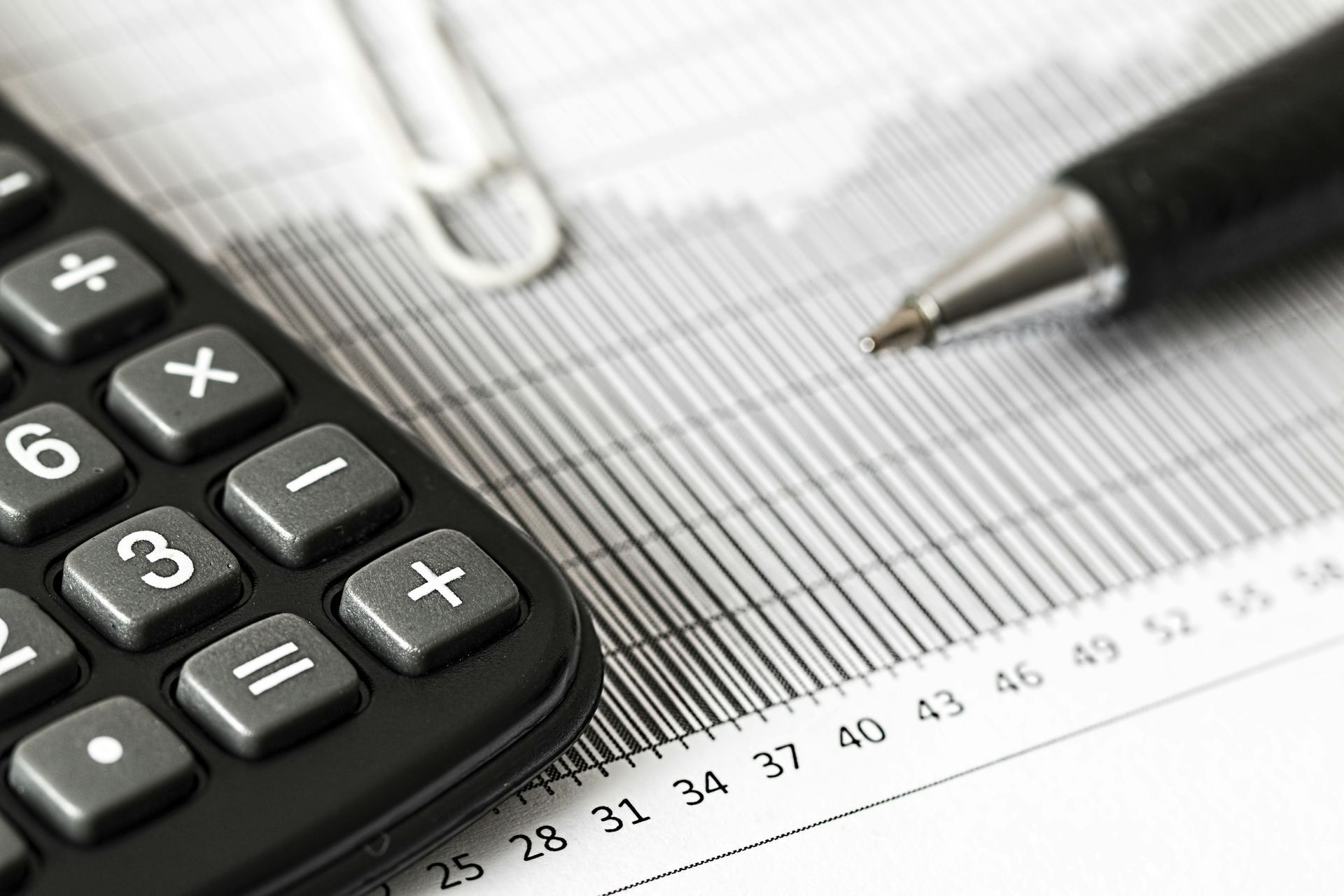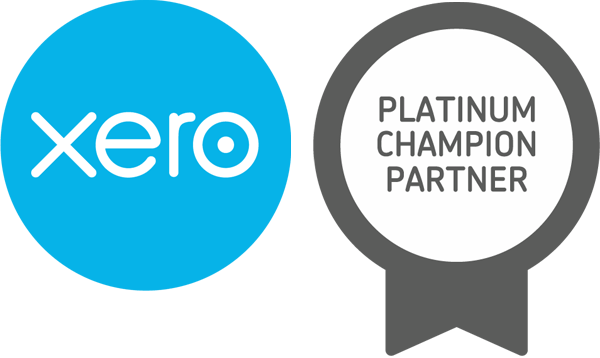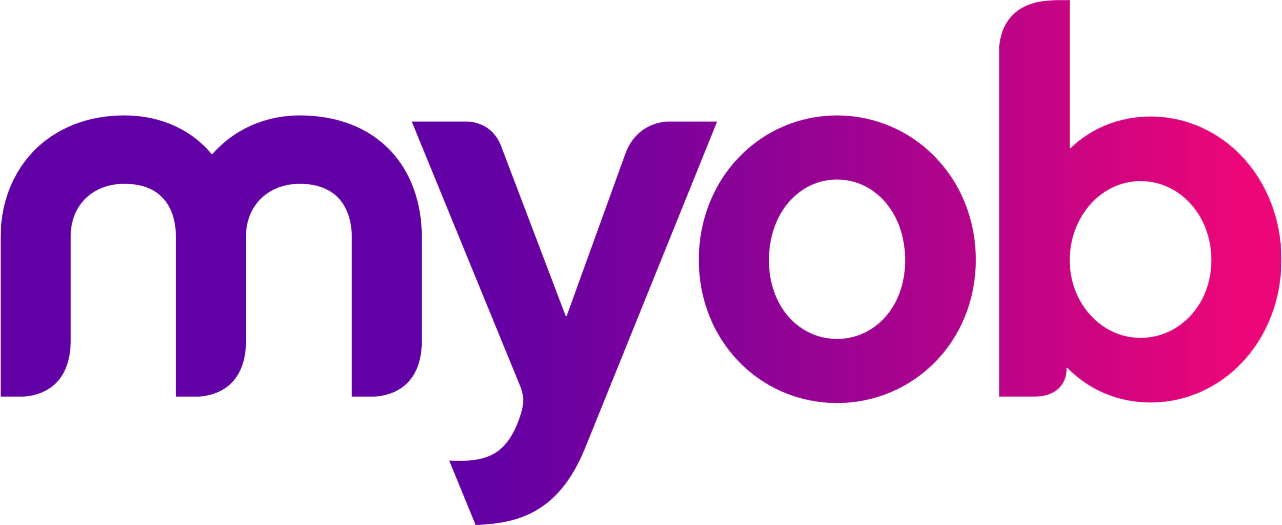Family Tax Benefit And Your Tax Return: Common Misunderstandings
Family Tax Benefit And Your Tax Return: Common Misunderstandings
Family Tax Benefit (FTB) is a government payment to help families with the cost of raising children. Despite its name, it’s not a tax refund or tax deduction – it’s a social security benefit to help with everyday costs like food, education, clothing and other child-rearing expenses.
FTB has two parts. Part A is the main payment available to most eligible families, and Part B is an extra payment for single parents or certain single income families (usually where one parent stays home or works part-time). Importantly, FTB is paid by Services Australia (through Centrelink), not the ATO.
To be eligible, you must have at least one dependent child in your care aged 0–15 years, or a full-time secondary student aged 16–19. Your child must be an Australian resident and you must meet certain residency rules.
FTB is means-tested, and there are income tests for both Part A and Part B payments.
FTB isn’t a tax refund
A tax refund is money the ATO gives back if you’ve overpaid tax during the year, but FTB is a government benefit, separate from the tax system. You don’t automatically receive FTB by lodging a tax return, and it’s not calculated in your tax assessment. Think of FTB as a family assistance payment like the Parenting Payment or Child Care Subsidy, rather than a tax refund or rebate.
How do you claim FTB?
To get FTB, you need to claim it through Services Australia. You can do this online via your MyGov account, phone the Centrelink Families line or visit a service centre. You’ll have a choice in how you receive FTB:
• Fortnightly payments: Most families opt to get FTB every two weeks along with any other Centrelink payments. You estimate your family’s income and get payments, and Centrelink balances the payments against your actual income at year-end.
• Annual lump sum: Alternatively, you can get FTB as an end-of-financial-year lump sum by waiting until after 30 June and submitting a claim for the year. This way you use the actual income from your tax return and avoid any overpayment. You must claim within one year after the financial year ends – so for 2024–2025 you have until 30 June 2026.
All communication about FTB will come from Services Australia (in your Centrelink online account or mailed letters), not in your tax return paperwork. For instance, if you get a lump-sum FTB payment, it will be deposited to your bank account by Centrelink after processing, entirely separate from any refund the ATO might send for your income tax.
If your circumstances change (like your income or care arrangements), remember to inform Centrelink, as it could affect your FTB rate. This will help avoid surprises after the end-of-year balancing calculations.









